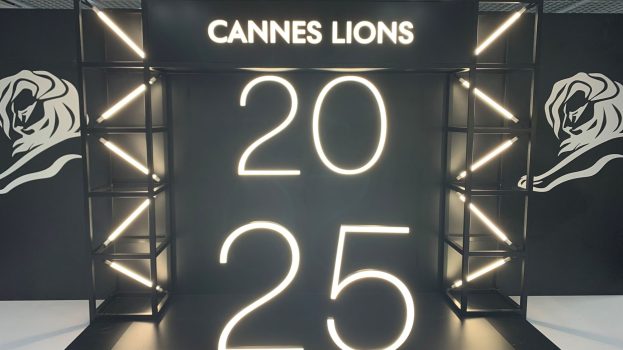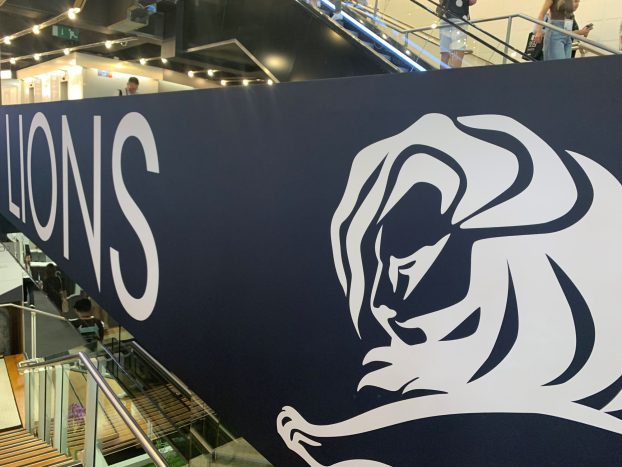Established in 1945, Vancity is Canada’s largest credit union, with 50 branches in the Vancouver-Victoria area, 340,000 members and $10.5 billion in assets. As a co-operative, social responsibility has always been part of Vancity’s DNA, as Sloan Dinning, director, brand and marketing communications, points out. And innovations like the Shared Success program (which returns 30% of bank profits back to members and the community), the EnviroVISA (5% of card profits go to an environmental fund chosen by cardholders), and the Circadian mutual funds (which not only invest in companies with progressive practices but also press companies to improve their CSR), make Vancity stand out from other financial institutions. But the company didn’t figure out how to capitalize on its innovations until Dinning and Vancity had a revelation, with the help of Jim Southcott, chief strategic officer for TBWAVancouver.
‘I think where the light went on for us was in the brand tracking work,’ says Southcott. ‘When we came on to work with Vancity about three years ago, the credit union side of things in B.C. had really grown, and there was an expectation that credit unions should have the same products banks have. But not all of those products stood out or were really associated with the brand, whereas with some of the unique products, like Shared Success, there was a huge rate of attributing it properly to the brand. So we said, if people are associating these products with us so strongly, why don’t we build on that?’
‘Four or five years ago, we tended to be pretty traditional marketers, doing the same me-too product-focused stuff as our competitors,’ adds Dinning. ‘But we realized that CSR was what made us different. So we thought, why don’t we start leveraging this uniqueness to set us apart and give us some better traction in our marketing?
‘When we brought TBWA on board, they presented us with an interesting process called Disruption. We sat down and identified the conventions in the financial services industry that we could overturn to set us apart. The category is very un-consumer friendly; it’s a grudge category, people feel they’re a captive audience and that banks are all the same. So we set a vision of seeing if people could
actually be inspired by their relationship with a bank. In our category, that’s a lofty statement.
‘It took time, and we had to find the right tone of voice, ’cause so much in CSR is so serious. Vancity had to be seen as serious bankers, but not take themselves too seriously. There are some quirky aspects, and we had to find the right voice so that it stood out, because now everybody’s chasing CSR.’
Vancity’s current campaign is headed by the tagline ‘We All Profit,’ and includes TV spots, transit shelter ads and a solar-powered billboard to trumpet the EnviroVisa, the Clean Air Auto Loan (which provides preferential rates to buyers of fuel-efficient cars), and the Mixer Mortgage (which allows friends or family members to go in on a mortgage together). One ad features a couple in a melting igloo speculating on whether it’s time to look for a new home to illustrate borrowers’ ability to save with its high-ratio mortgage insurance program. As well, in June the company released 45 branded bikes into the community to launch its Bike Share program.
The results have been impressive: 50,000 new members have joined Vancity in the past two years. ‘We’ve seen tremendous growth in member acquisition, and some really good shifts in the key metrics from a brand tracking perspective,’ says Southcott. ‘One in particular that’s important for us is the statement ‘willingness to consider Vancity for your next purchase,’ which has moved from 27% in the first quarter of ’05 to 37% in the first quarter of this year.’
Other companies are bound to be inspired by that success, but Dinning and Southcott see it happening outside the FI category. ‘Part of the challenge with banks is that their end goal is to maximize shareholder value,’ says Dinning. ‘They’ll always do their philanthropy, but the pessimistic side of me says banks are focusing on CSR just to keep up with the times as opposed to wanting to make a difference. But it will happen in other industries. And the more people that get on the bandwagon, the better.’























